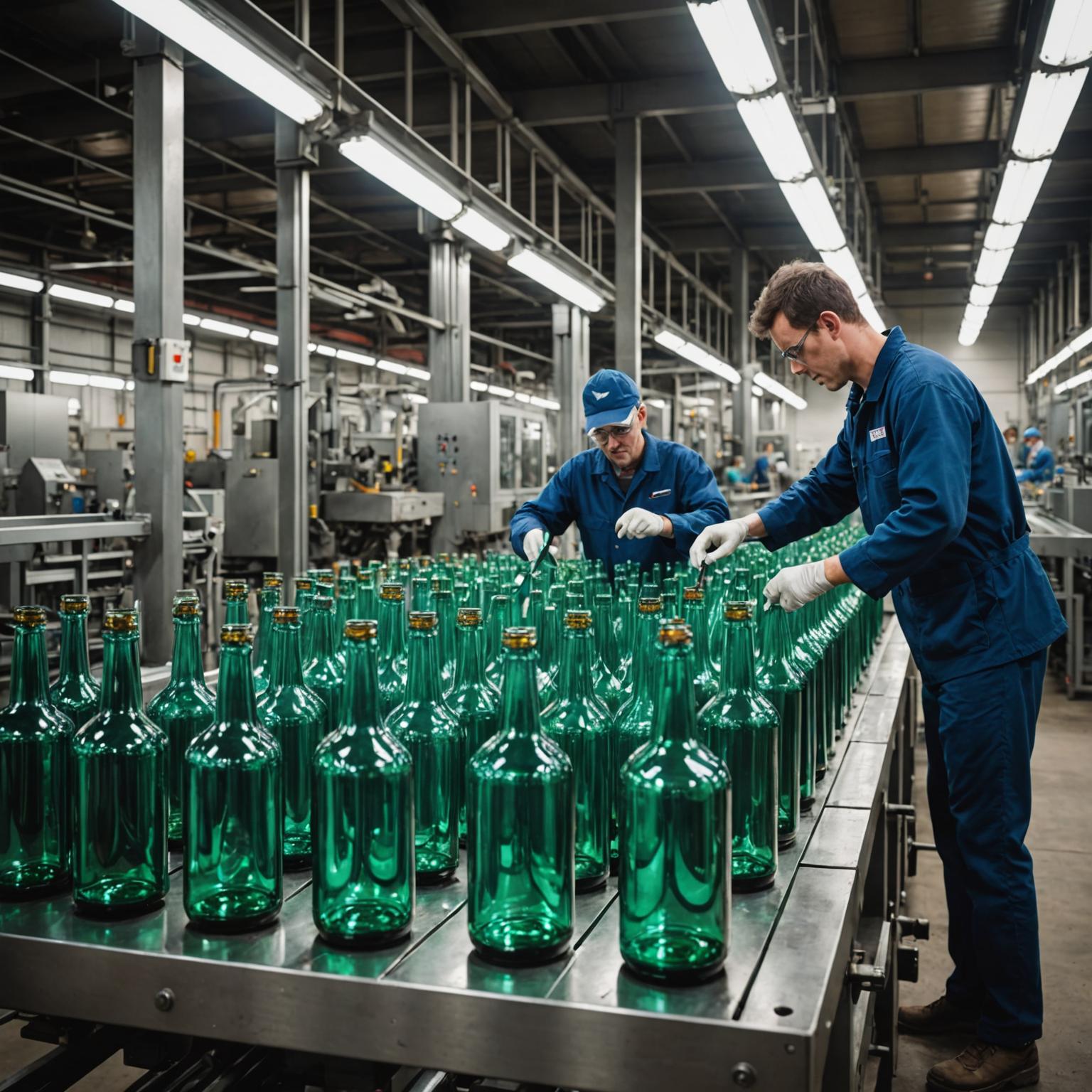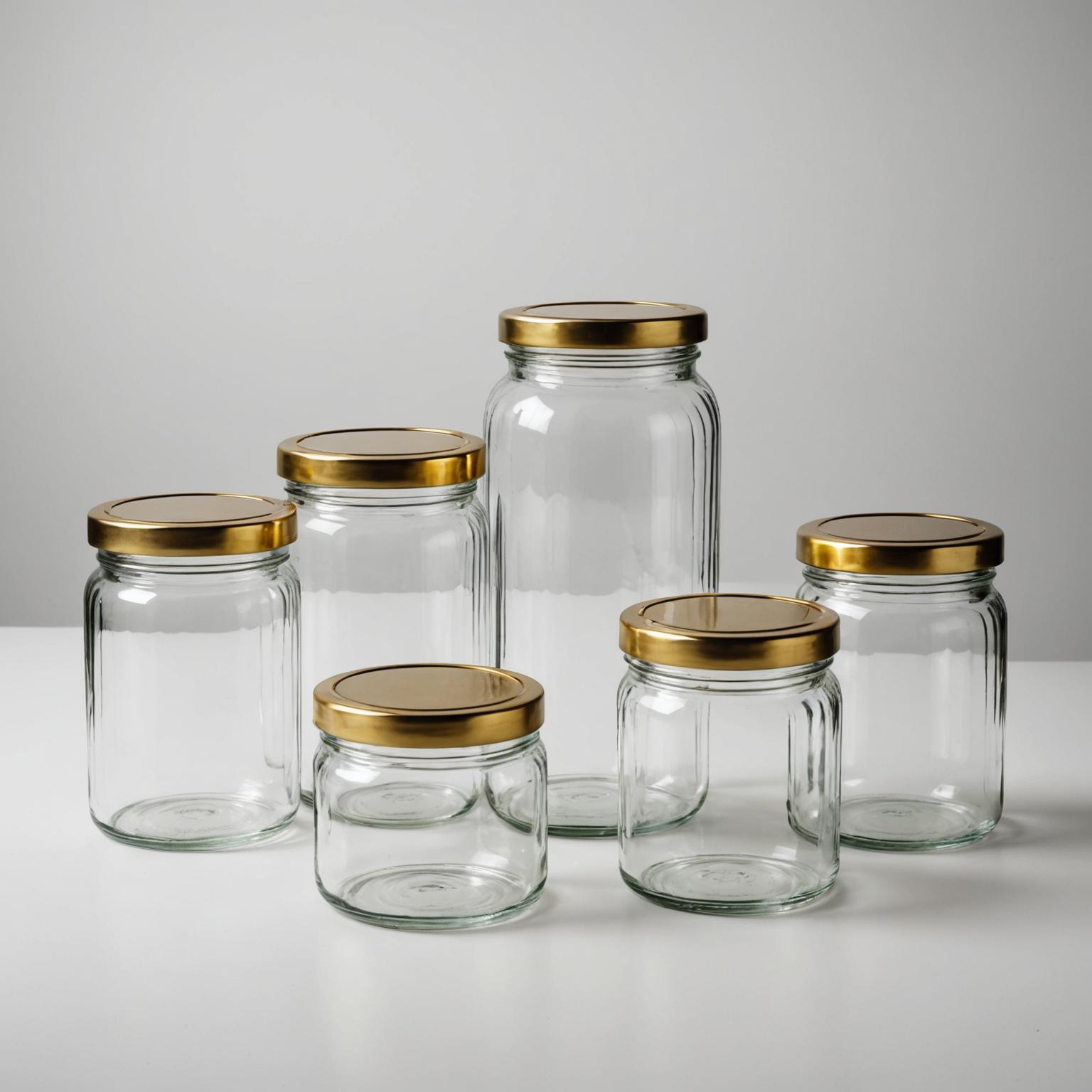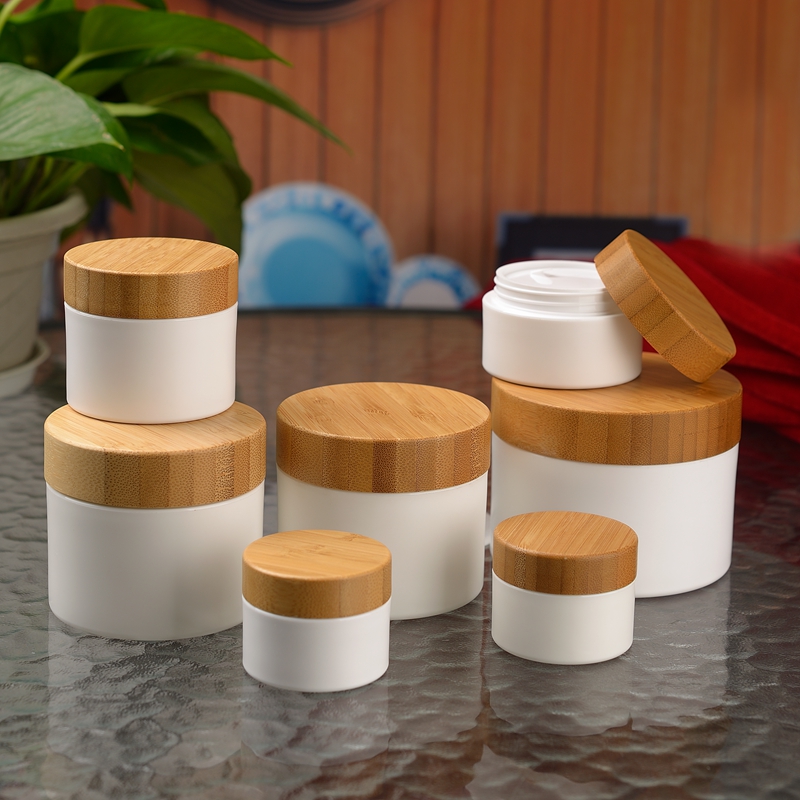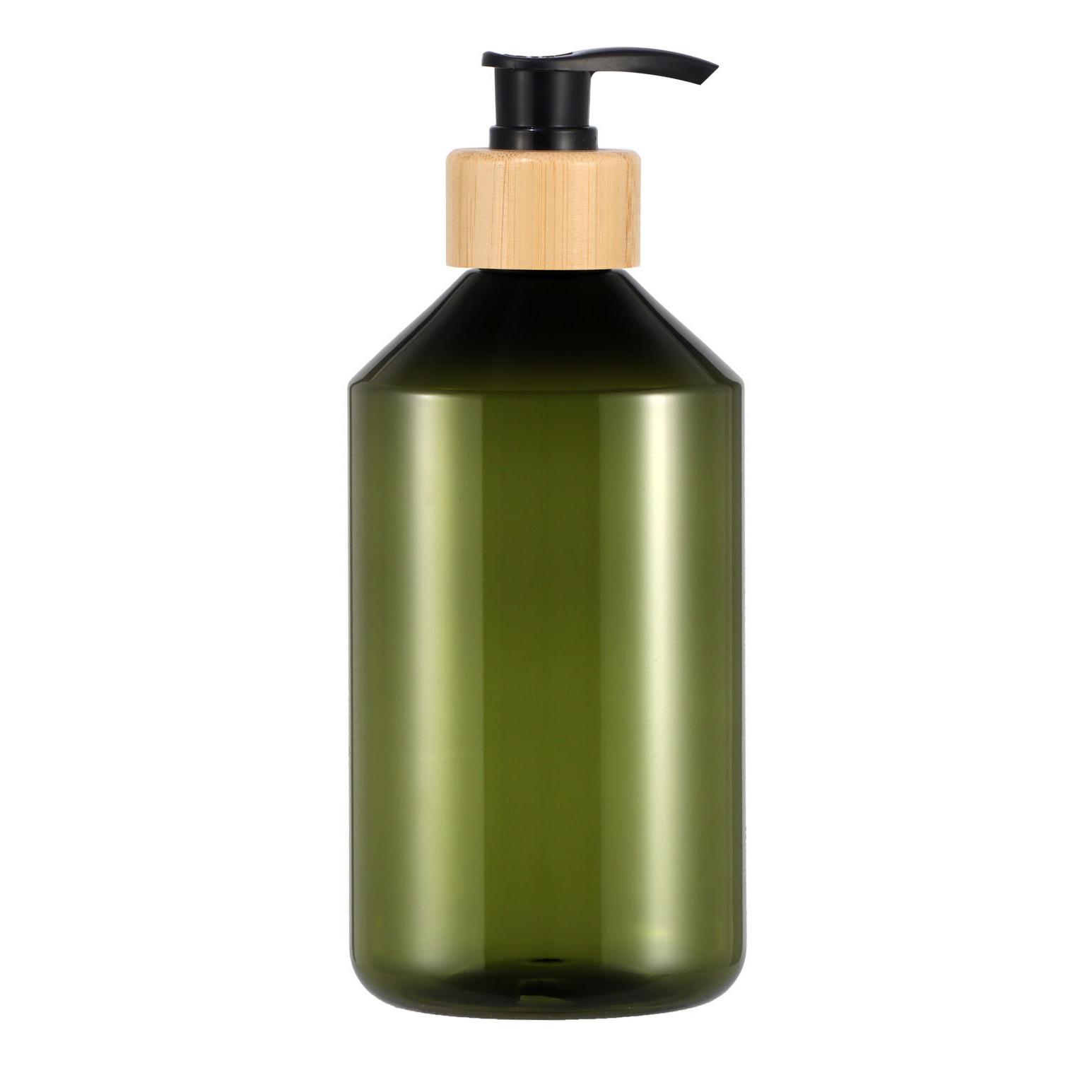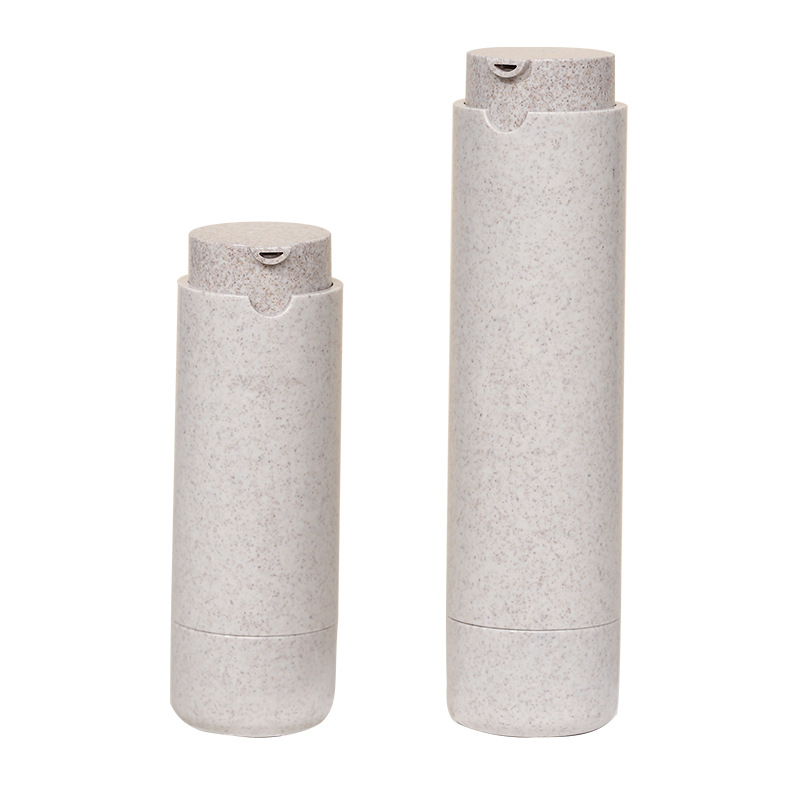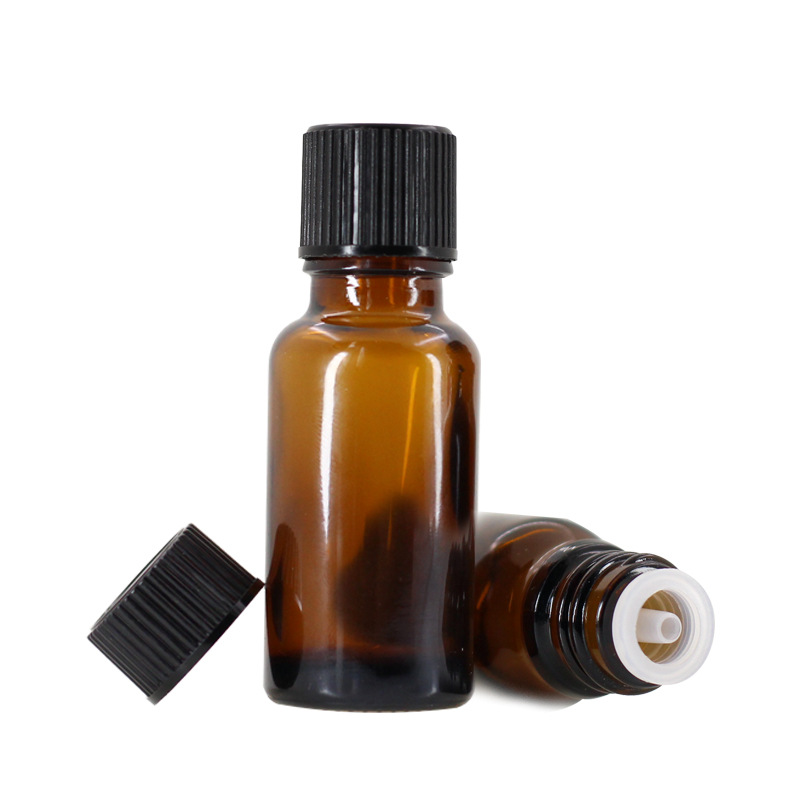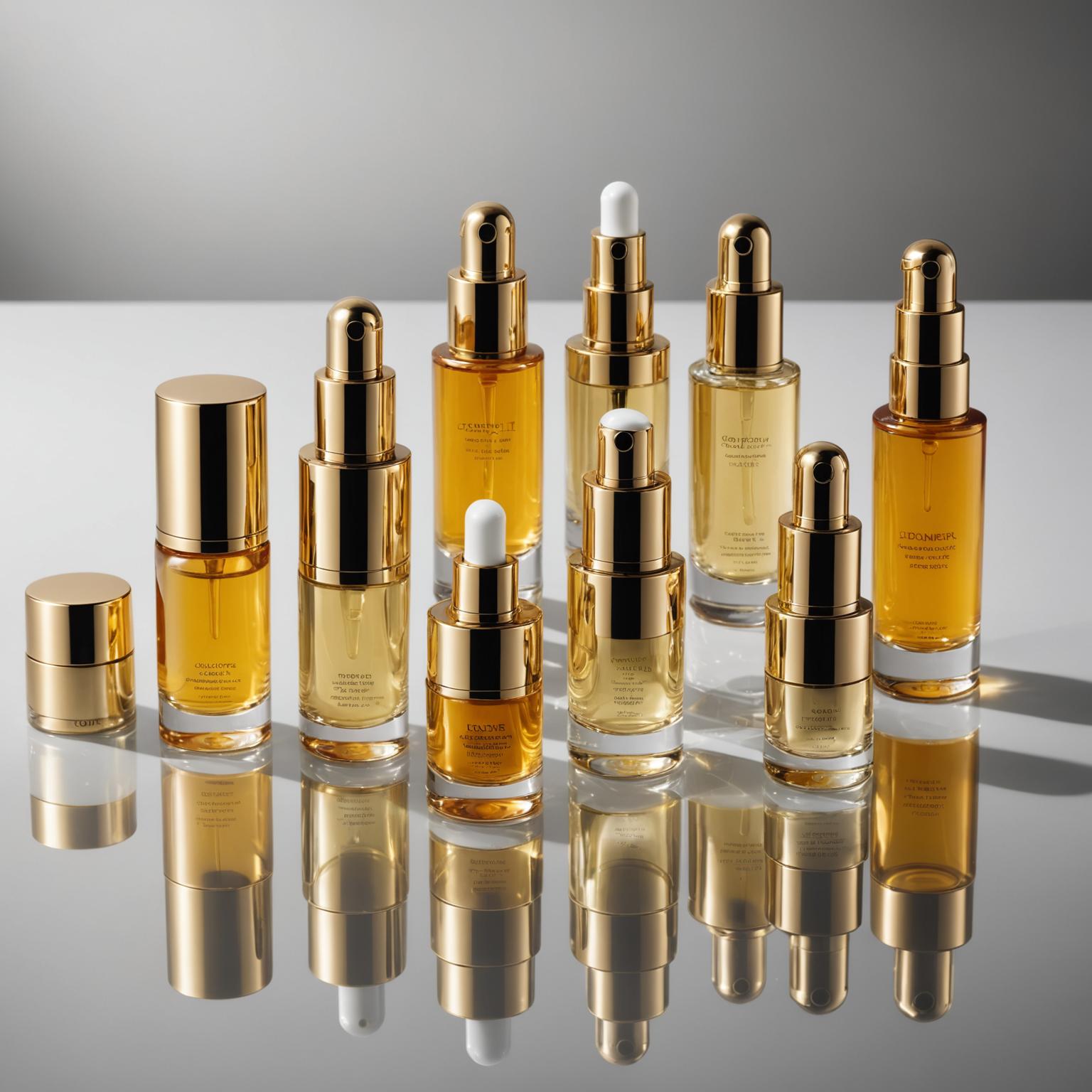Understanding the Importance of Quality Control in Glass Bottle Production
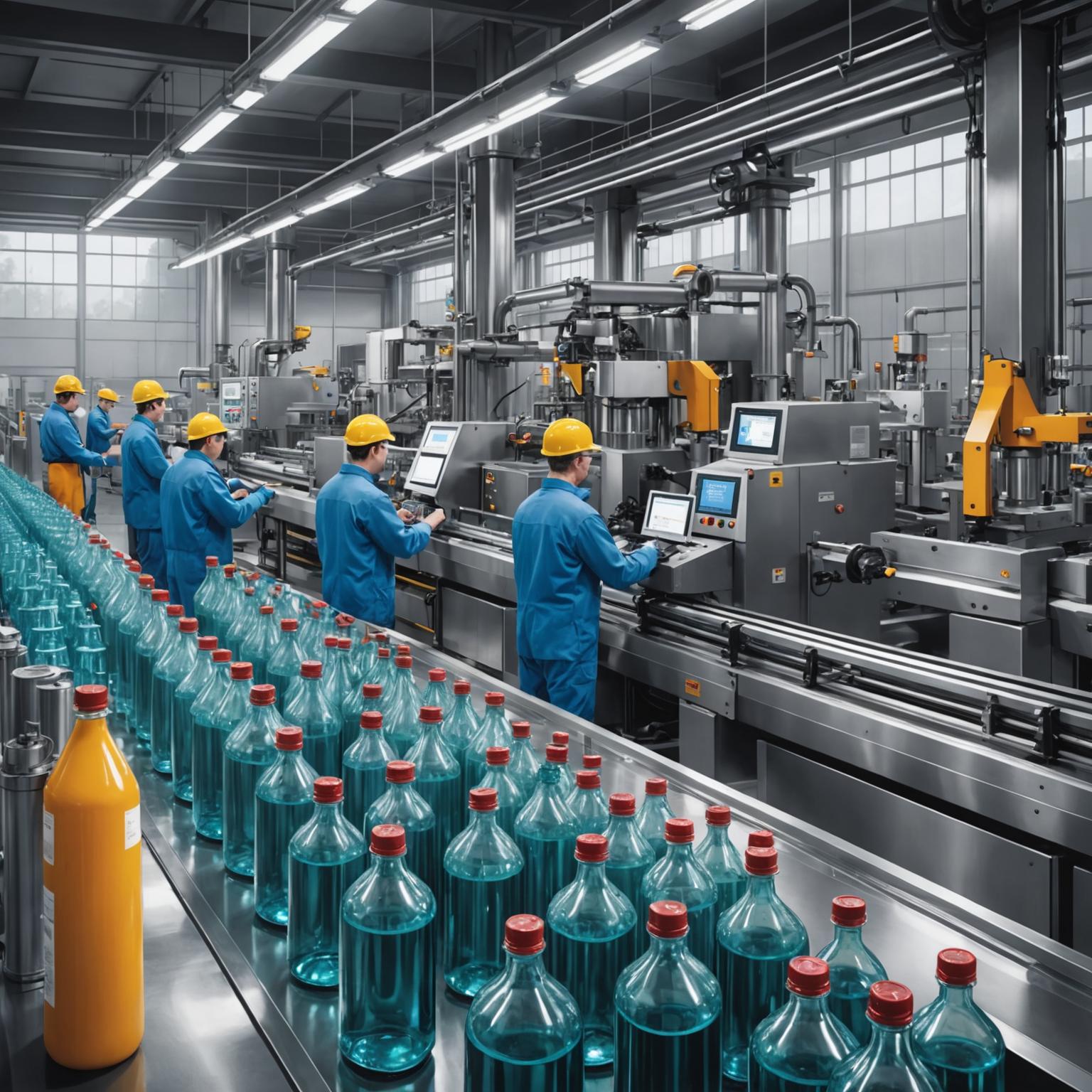
When it comes to the manufacturing of glass bottles, maintaining a high standard of quality is critical. Quality control in glass bottle production ensures that the final products meet the necessary specifications, are durable, and safe for usage, whether for food, beverages, or pharmaceuticals. Without rigorous quality control, manufacturers risk producing defective products that lead to customer dissatisfaction and losses.
Incorporating a streamlined quality assurance process into glass bottle manufacturing helps identify defects, improve overall production efficiency, and maintain customer trust. Not only does it adhere to industry regulations, but it also ensures sustainability by reducing waste and improving resource utilization.
Key Steps in Glass Bottle Production Processes
Quality control begins with a thorough understanding of the glass bottle production process. The production typically involves the following stages:
1. **Raw Material Selection**: Glass bottles are made from silica sand, soda ash, and limestone. Ensuring the purity and appropriate mixing proportions of these raw materials is the first step in achieving high-quality finished products.
2. **Melting Process**: The raw materials are melted in a furnace to form molten glass. Any deviation in temperature control during this process can result in variations in glass consistency and quality.
3. **Forming and Molding**: The molten glass is shaped into bottles using molds. This step defines the design and dimensions of the bottles, and precision is essential to avoid defects such as uneven walls or deformities.
4. **Annealing**: This process involves gradually cooling the glass bottles to relieve internal stresses. Proper annealing prevents cracks and increases durability.
5. **Surface Treatments and Coatings**: Glass bottles often receive treatments to strengthen their surface or make them resistant to scratches.
6. **Quality Inspection**: At this crucial stage, the finished bottles undergo a series of tests and visual inspections to identify imperfections such as air bubbles, inconsistent thickness, or weak points. Automation and technology, such as computerized inspection systems, are commonly used to enhance accuracy.
Best Practices for Quality Assurance in Glass Bottle Manufacturing
To ensure the highest standards of quality assurance, manufacturers adopt various best practices that focus on precise production and inspection:
1. **Investing in Modern Technology**: Automated inspection systems and sensors allow manufacturers to detect micro-level defects with higher accuracy than manual inspections. Technologies like infrared cameras, 3D cameras, and laser systems are commonly used.
2. **Regular Training of Staff**: Operators and quality control personnel should undergo ongoing training to stay updated with the latest industry advancements and inspection techniques.
3. **Implementing Statistical Process Control (SPC)**: This method tracks production metrics in real time and detects potential variances early on, preventing defect escalation.
4. **Testing for Performance and Compliance**: Besides visual inspections, manufacturers conduct performance tests such as drop tests, pressure resistance tests, and thermal shock tests to ensure bottles can withstand usage conditions.
5. **Documentation and Traceability**: Keeping detailed records of production batches, testing results, and machinery data ensures traceability. This process aids in recalling defective batches if necessary and identifies the root cause of issues.
6. **Environmental Considerations**: Sustainable practices, such as recycling defective products and adopting energy-efficient processes, reflect a manufacturer’s commitment to both quality and environmental responsibility.
Challenges in Achieving Quality Control
Despite advancements in technology, maintaining quality control in glass bottle production is not without challenges. Some common hurdles include:
- **Inconsistent Raw Material Quality**: Even a minor impurity in raw materials can affect the clarity and strength of the glass.
- **Equipment Malfunctions**: Machinery breakdowns or wear and tear can lead to production inefficiencies and defects in the final product.
- **Cost of Quality Assurance**: Investing in quality control technologies and training can be expensive. However, the cost of producing defective products often outweighs these expenses.
- **Balancing Production Speeds with Quality**: Meeting tight production schedules while ensuring quality might pressure manufacturers to compromise on thorough inspections. Automation can help mitigate this challenge.
The Future of Quality Control in Glass Bottle Manufacturing
The glass industry is rapidly evolving, and quality control methods are advancing alongside it. The integration of artificial intelligence (AI) and machine learning is proving to be a game changer. These technologies allow for real-time data analysis, predictive maintenance of equipment, and enhanced defect detection capabilities.
Moreover, sustainability in manufacturing is becoming a pressing need. Eco-friendly production methods and recycling innovations are expected to play a significant role in ensuring the quality and environmental impact of glass bottles.
In conclusion, quality control in glass bottle production is indispensable for producing reliable, safe, and high-performing bottles. By utilizing modern technologies, adhering to best practices, and investing in personnel development, manufacturers can overcome challenges and deliver superior products that meet industry standards and consumer expectations.



